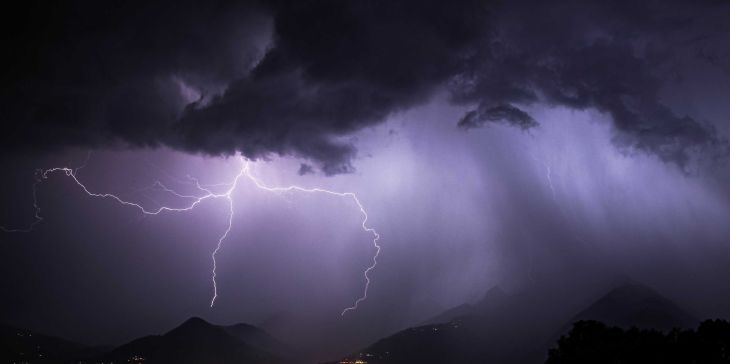As simple as the result of the study may sound, it is a breakthrough for space geodesy research. “It has never been proven yet that severe thunderstorms and other weather events with heavy precipitation significantly influence the signal-to-noise ratio,” says Aichinger-Rosenberger. It has been assumed until now that GPS is a weather-independent system. Now it appears that GPS data are sensitive enough to capture such atmospheric disturbances.
Forecasting precipitation more reliably
These findings could open up new prospects for the use of satellite navigation data in meteorology. “We now wish to collect more measurements in order to improve the forecasting of precipitation in weather models,” says Soja. Reliable precipitation forecasting still remains a major challenge. “Many other meteorological parameters such as the temperature can now be predetermined quite well with numerical weather models. Unfortunately, however, such models are often not good enough in the case of precipitation.”
In order one day to make use of the ETH researchers’ findings for forecasting, they need to be brought into relation to a weather model. “In order to transfer our observations to specific parameters such as the water and ice content in the air or the storm’s direction of movement, we need to collect and analyse further data. These findings could then be incorporated into a computer-based weather model in order to improve the forecasting of precipitation,” says Aichinger-Rosenberger.
More receivers needed for early detection
Storms still need to pass directly over the measuring station for GPS signals in order to be detected. Because the network of measuring stations is not sufficiently close-knit, the method is not yet suitable for the early detection of storms. “If, for example, we had thirty to forty stationary receivers around Zurich, we would be able to capture extreme weather events across the city accurately and also very cost-effectively,” explains Soja. “A dense network of stations could also be used to determine where storms are moving to and how fast.”
Such an early detection system could in future be used, for instance, to ensure safe air traffic, says Soja. “A dense network of GPS stations around the airport would enable a storm to be localised in real time and warnings to be issued to this effect.”
As well as refining the method, the scientists are also planning to expand their research work across Switzerland and at the European level, to enlarge their network accordingly. Although the severe storm in July 2021 caused a lot of local damage, it also enabled knowledge to be gained that could one day be applied globally.














